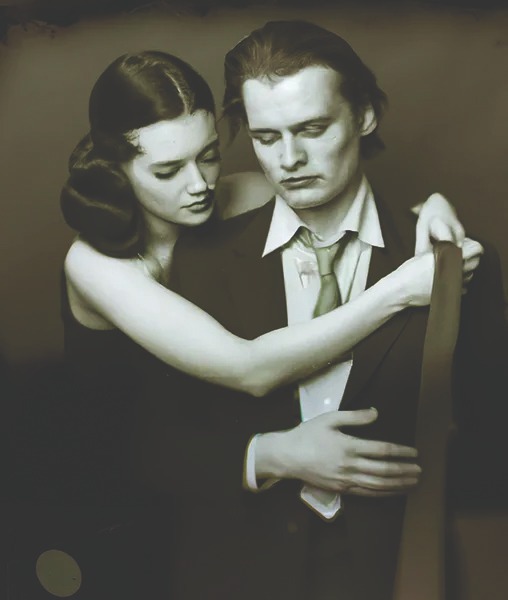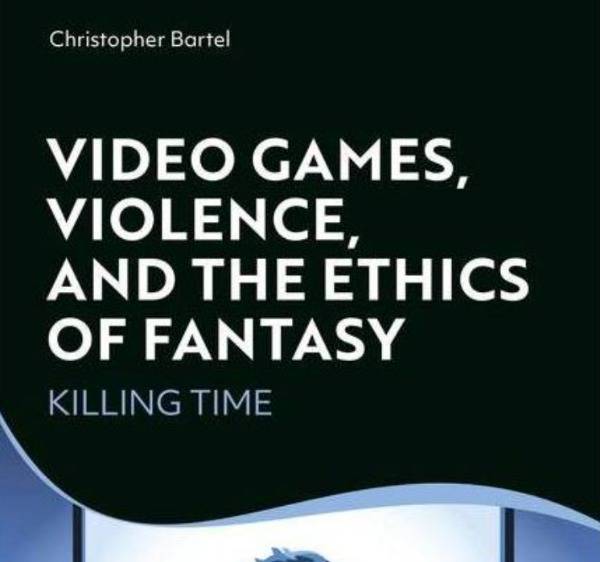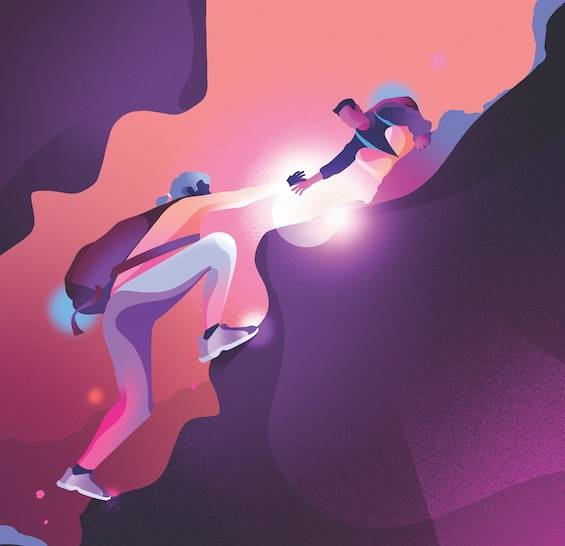
The recent release to the public of a wave of new art and writing tools, such as DALL-E and ChatGPT, has been greeted with an outpouring of alarmist rhetoric. The software, based on artificial intelligence, responds to prompts like “create a picture of a woman eating salad and laughing” or “write a poem in the style of Lewis Carroll” by searching the web for examples and building on these to create an approximation: an image (though often disturbingly mangled) or something like a poem (at least in the sense that it rhymes). Sometimes the prompt works well and the production can seem magical.
Sceptics have been horrified. “AI in art” is “a creditless, thankless, and soulless alternative to the real thing,” Jade King complains in the Gamer magazine. Writing in the Washington Post, musician and producer T-Bone Burnett and author Jonathan Taplin worry that AI threatens “the core creative act” which if “radically diminished, or replaced… will stop culture in its tracks.” The underlying fear here is that artificial intelligence will rise up, exploit and replace us. Art – real art – is deeply human. These new tools, which scrape the web for content, simply remix and remash without any personal, individual spark.
There are real concerns about the way AI picks up source material without payment, just as there were reasonable concerns about the way that early hip-hop artists lifted source tracks without recompensing the original creators. Art under capitalism, like most labour under capitalism, is monetised in ways that benefit those at the top and grind down those at the bottom, and new tech is quickly subverted to that purpose.
Exploitation, though, isn’t new. Nor is it inhuman. On the contrary, the exploitation of artists is often rationalised by the pretence of art as unquenchable and unbindable individualism. Our most famous music artists may sing about being rebellious and free, but are often trapped in contracts involving financial exploitation, or worse (the latest case being pop star Kesha, accusing her producer of physical and sexual abuse.) If art is your soul, then the business of art is selling your soul, which has some obvious downsides.
Why not, instead, embrace the mechanism? Forget originality and the divine afflatus. If the AI is going to control us all, shouldn’t we be working to become the AI? Let us seize the means of production of ourselves!
That’s the essential argument of the wonderful Against Expression, a 590-page anthology of “uncreative writing” edited by poets Craig Dworkin and Kenneth Goldsmith. Published more than a decade ago, in 2011, it holds some valuable insights for our own fraught cultural moment. The writing in the book is “uncreative” for the same reason that AI art is often labeled as such. The 100-odd authors in the book create their poems by cutting up or lifting text from other sources: literature, internet detritus, grammar books, psychological testing instruments.
The anthology demonstrates the long and rich tradition of such practices. The “writers” – including William Burroughs, Kathy Acker, Marcel Duchamp, Andy Warhol and Claudia Rankine – find text and then remix and recontextualise. They are less like Byron (“Yet, Freedom! yet thy banner, torn, but flying,/streams like the thunderstorm against the wind”) and more like, say, ChatGPT, trawling the internet for content to slice up, rewrite and misinterpret.
One of my favorite poems from the anthology is an excerpt from Rory Macbeth’s 2007 book The Bible (alphabetized). It’s exactly what the title says: a list of every word in the Bible in alphabetical order, including eight pages of:
be be be be be be be be be be be be be be be be be be be be be be be be be be be be be be be be be be be be be be be be
The different authors in the volume aren’t different because they have different identities and unique voices. They’re different because they draw from different data sets. Macbeth uses the Bible. Nada Gordon’s “Abnormal Discharge” (first published in the anthology itself) reproduces post titles from the Women’s Health Forum message board (“possible pregnancy/vaginal discharge Jessica/Abnormal Pap Smear Jennifer/Abnormal Pap”). H. L. Hix’s God Bless (2007) is a book of poems entirely composed of phrases from the speeches of George W. Bush and the public statements of Osama bin Laden. Claude Cosky’s “The First Thousand Numbers Classified in Alphabetical Order” begins with “Eight, eight-hundred, eight hundred and eight” and ends with “two-hundred and two.”
I personally find this impersonal approach to writing exhilarating. I laughed out loud at all those “be”s. I thought to myself, “I never realised that eight was the first number in the alphabetical order.” But if you are not, like me, a neurodivergent oddball, you may well be less convinced. Why would anyone read this? Why would anyone write it?
Co-editor Goldsmith is most famous for “Day”, a 2003 poem in which he wrote out the entirety of the New York Times from 1 September 2000. He argues in the preface to After Expression that the rise of uncreative writing is in part a reaction to the increasing manipulability and algorithmicisation of text made possible by the internet. “Never before has language had so much materiality – fluidity, plasticity, malleability – begging to be actively managed by the writer.” T-Bone Burnett sees AI as eating away at originality as it hoovers up old art and spews out garbled and rearranged (but still old) art. Goldsmith, in contrast, thinks the ease of hoovering and spewing is itself a new kind of creation and a new kind of creativity. Which is really more creative: writing (yet another) lyric poem about lost love, or listing every word in the Bible alphabetically?
The poetry compiled in Against Expression is a system or a process. When Robert Fitterman rewrites Ernest Hemingway’s 1926 novel The Sun Also Rises by removing all sentences except for those that begin with the pronoun “I,” he is both removing the self from literature and centering the self in literature. Is he mocking Hemingway’s self-absorption? Enjoying it? Replacing it with his own? It’s all of those, I would argue, and also just a joke that makes you laugh – at once an intimate and universal, and therefore impersonal, response.
Similarly, when Dan Farrell turns a psychological diagnostic tool into a series of “I” statements (“I do things that keep me from becoming physically unhealthy. I feel angry. I am pretty angry about things these days”), the voice is an eerie mirror of self and soul. There is an “I”, but it’s not an “I”. It’s just an algorithm, a grammatical convenience. The effect is poignant, repulsive, beautiful, uncanny, hard to categorise – like poetry.
To dismiss AI art as “soulless” is to assume that the purpose of art is to demonstrate soul, to validate a romantic personhood at the centre of culture and existence. But, as Against Expression shows by its inclusion of works by figures like Samuel Beckett and W. B. Yeats, the presence of the soul in art has long been an object of scepticism.
This isn’t a call for tech utopianism. Algorithmic art, with or without AI assistance, can be moving or tedious, fun or irritating, just like any other kind of creative endeavour. But when we assume we can produce originality via a conventional chord change or rhyming couplet, we may be just another cog in the culture industry’s endless grinding soulless reiteration of soul.
Artificial intelligence won’t free us from this dynamic. But if we listen, it might speak back our own thoughts, or their absence, in words meaningless enough to make some new sense of a tired idea, from “be” to “eight” to “I”.
This piece is from the New Humanist summer 2023 edition. Subscribe here.

